Anne-Sophie MESLEM
Where do you live: Versailles, which has been a huge source of inspiration. I also love the countryside to walk for hours, and the beaches of the South to get lost.
Your education: I grew up in a very diverse family and a disciplined, military-like environment, where men hid their tears and women had to fight. I was fortunate to have structure guided by duty, alongside a love for music, dance, and laughter — ways to heal wounds and traumas, including those linked to war. And, of course, a lot of love.
Describe your art in three words: Authentic · Resilient · Vivid
Your discipline: Painting, drawing, photography — exploring different forms of expression and storytelling. I also write when the need arises, and I’m eager to explore other spheres of creation, while staying true to myself.
Website | Instagram
Could you tell us about the moment you realized art would become your primary form of expression?
I am, above all, self-taught. Drawing has been part of my life since childhood — it was my first language, my refuge. From childhood until I was 15, I dreamed of becoming a fashion designer. In pre-adolescence, I took sewing classes in a small workshop in a nearby town where I grew up in the Yvelines, nurturing my love for creating and shaping forms.
At 16, I even opened a Myspace page dedicated to graphic design, but I didn’t feel confident enough in my work to pursue it, even though it was exciting and fun. I’ve always found something deeply therapeutic in art. As a teenager, I experienced school bullying — probably because I didn’t quite fit the mold — and creating became a way to stay connected to myself, to process and to heal. It shaped me profoundly. Even today, I need moments of solitude to create, to think, to recharge, even though I’m naturally drawn to others.
For me, art always begins and ends with the human being. It reveals what we sometimes hide or disguise to conform — until the flower finally blooms. Trauma and rebirth are very present in my work; they resonate deeply with my own journey.
Painting, however, is something I’m truly discovering today, even if it has always fascinated me. When I was little, the concierge in my parents’ building — a kind, grandmotherly woman — had an apartment filled with paintings. I remember praying to be invited in after daycare; it felt like entering another world. Being surrounded by those large canvases brought me an incredible sense of peace and wonder.
In the middle of my adult life, at the very beginning of my twenties, I spent a summer in California visiting my older sister, where I had the opportunity to work as a production assistant on set. I was deeply marked by the cultures, colors, scents, and the majestic palm trees.
A few years later, I studied photography at CE3P, a short but very intense and enriching training, which gave me the opportunity to explore my first professional steps as a visual storyteller. Around the same time, out of curiosity, I enrolled in Persian classes at INALCO in Paris. I also joined the school’s photography club, where I began my first visual investigation on a persecuted community, particularly in Iran. My goal was to promote equality, education, and dialogue between cultures. That experience profoundly shaped my way of looking at people — with empathy, nuance, and depth.
I later worked as a photojournalist, exploring themes such as identity, resilience, and the poetry of everyday life — subjects that still nourish my artistic vision today. This also allowed me to create portraits of athletes, among other projects.
Over time, I’ve realized that I don’t need to choose one medium. Exploring different territories feels natural to me. My first camera, a Canon I received in the autumn of 2005, opened another dimension. I loved the idea of mixing investigation and aesthetics, probably influenced by Veronica Mars, which I was obsessed with at the time. Before that, I was already the queen of disposable Kodaks at family gatherings and vacations.
Today, painting and drawing deeply complement each other, but I remain endlessly curious. This year, I’ve explored pottery and theatre, and I’ve returned to singing, which I loved as a child. I think creation is a way of staying alive — always full of ideas and impulses. Now I’m learning to give them structure while keeping spontaneity.
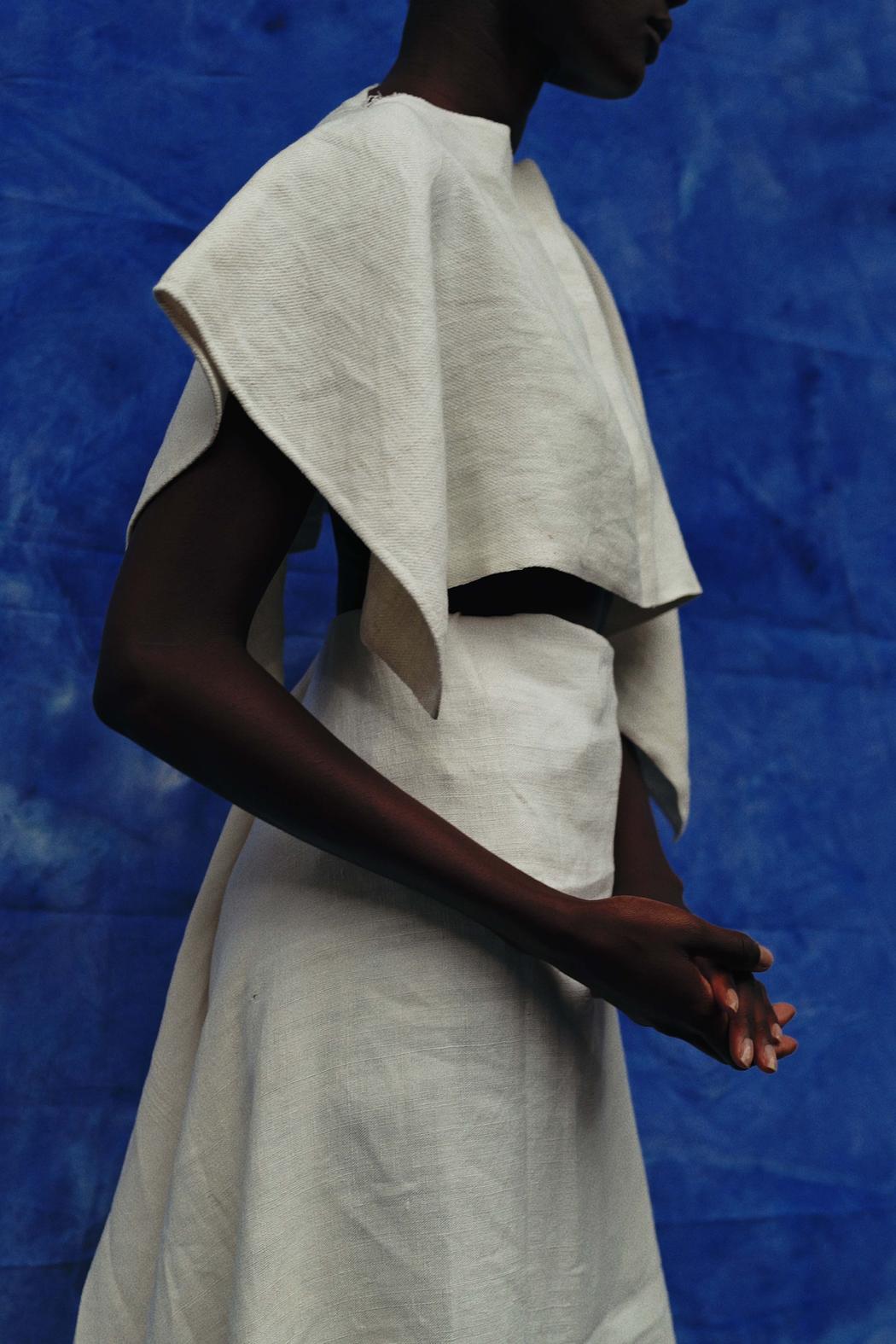
Your work explores femininity, intimacy, and emotions. What draws you to these themes?
What draws me to these themes is the power of the body. I don’t exclude the possibility of depicting men in my work one day, but the female body fascinates me: its strength, its resilience, and its capacity to be reborn after suffering. For centuries, this body has intrigued and disturbed, across many civilizations.
I also love the idea of portraying different silhouettes, as the great Niki de Saint Phalle did. Women are multiple, and what truly interests me is paying homage to their authenticity. We live in a time where conformity is increasing, and I want to encourage women to be proud of who they are — their bodies, their hair, their noses. We have the power to endure pain, and thus the power to move mountains by asserting ourselves and being visible, without losing sensitivity.
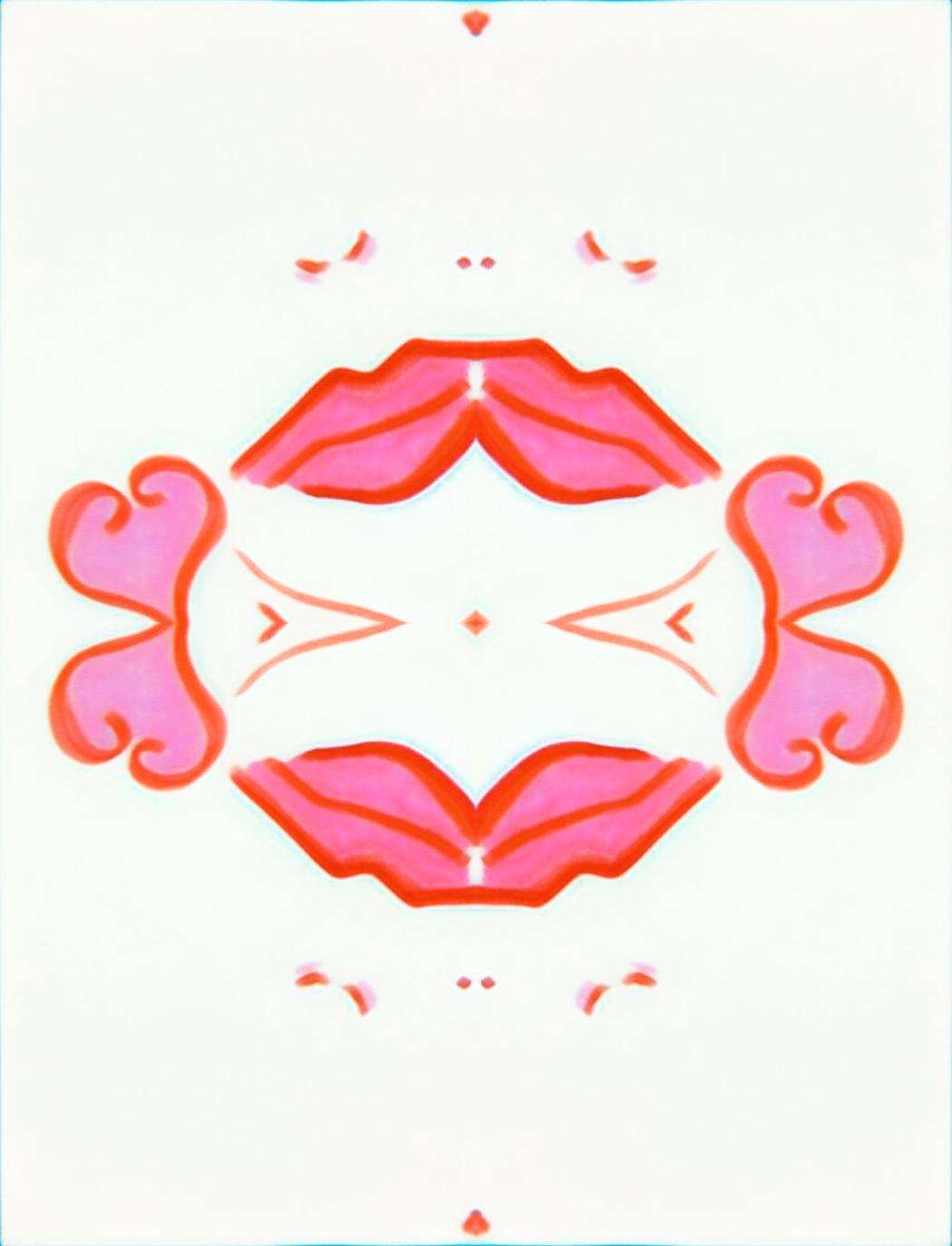 Anne-Sophie MESLEM | Resilience Women Art
Anne-Sophie MESLEM | Resilience Women Art
How do drawing, painting, and photography complement each other in your creative process?
Drawing has always been my most instinctive way of expressing myself — the place where everything begins. Painting, which I’m now exploring more deeply, allows me to slow down, embrace texture, and work with emotion in a more physical way. Photography brought another dimension: a sense of narrative, composition, and attention to what exists both inside and outside the frame.
My photographic background sharpened my eye, while drawing and painting keep me connected to gesture, intuition, and imperfection. Today, I let these practices feed one another rather than choosing between them. I’m also exploring pottery, theatre, and singing — different ways of staying curious and alive — and I’m learning to structure this creative flow without losing spontaneity.
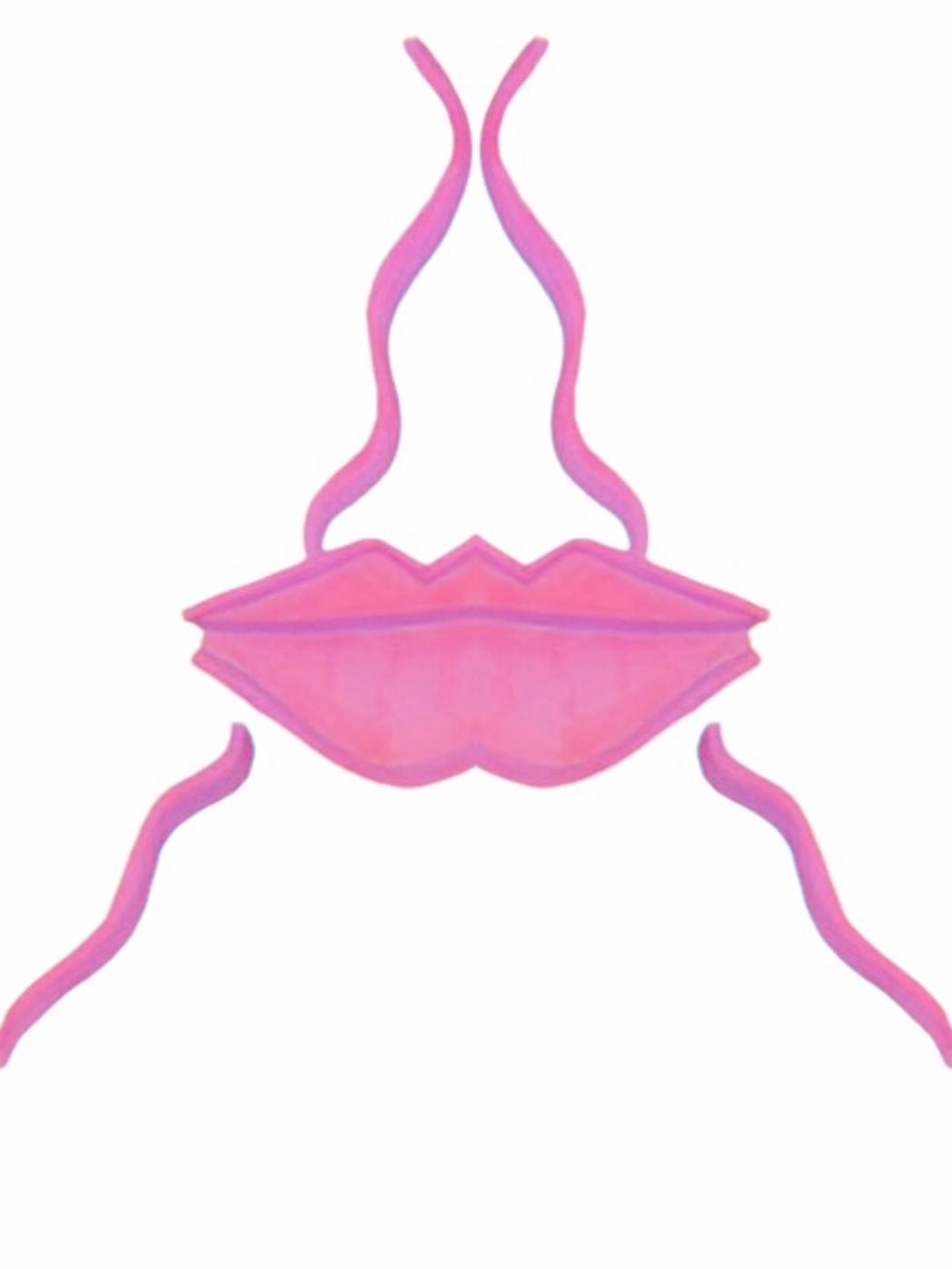 Anne-Sophie MESLEM | Resilience Women Art
Anne-Sophie MESLEM | Resilience Women Art
Many of your artworks feature mirrored or repeated body elements. What meaning do you seein symmetry and reflection?
I am fascinated by symmetry because it reflects how we perceive ourselves and how we reconstruct our identity. Mirrored or repeated forms speak to healing — showing how fragmentation and wholeness coexist. They reveal vulnerability alongside strength and let the viewer witness transformation and rebirth.
 Anne-Sophie MESLEM | Resilience Women Art
Anne-Sophie MESLEM | Resilience Women Art
Is there a particular emotion or personal story that often becomes the starting point for yourimages?
My images often begin with deeply personal emotions or memories — moments of tenderness, nostalgia, or pivotal life experiences. I try to capture these traces and translate them visually, almost like an archaeology of feeling, where each gesture or silhouette becomes a language of its own.
How do you approach the balance between vulnerability and empowerment in your portrayalof the female body?
I aim to show that vulnerability and strength can coexist. Fragility is not weakness; it is part of power. Exposing emotion, gesture, or body in its truth is both courageous and beautiful. Each image pays homage to this duality and to the inner resilience of women.
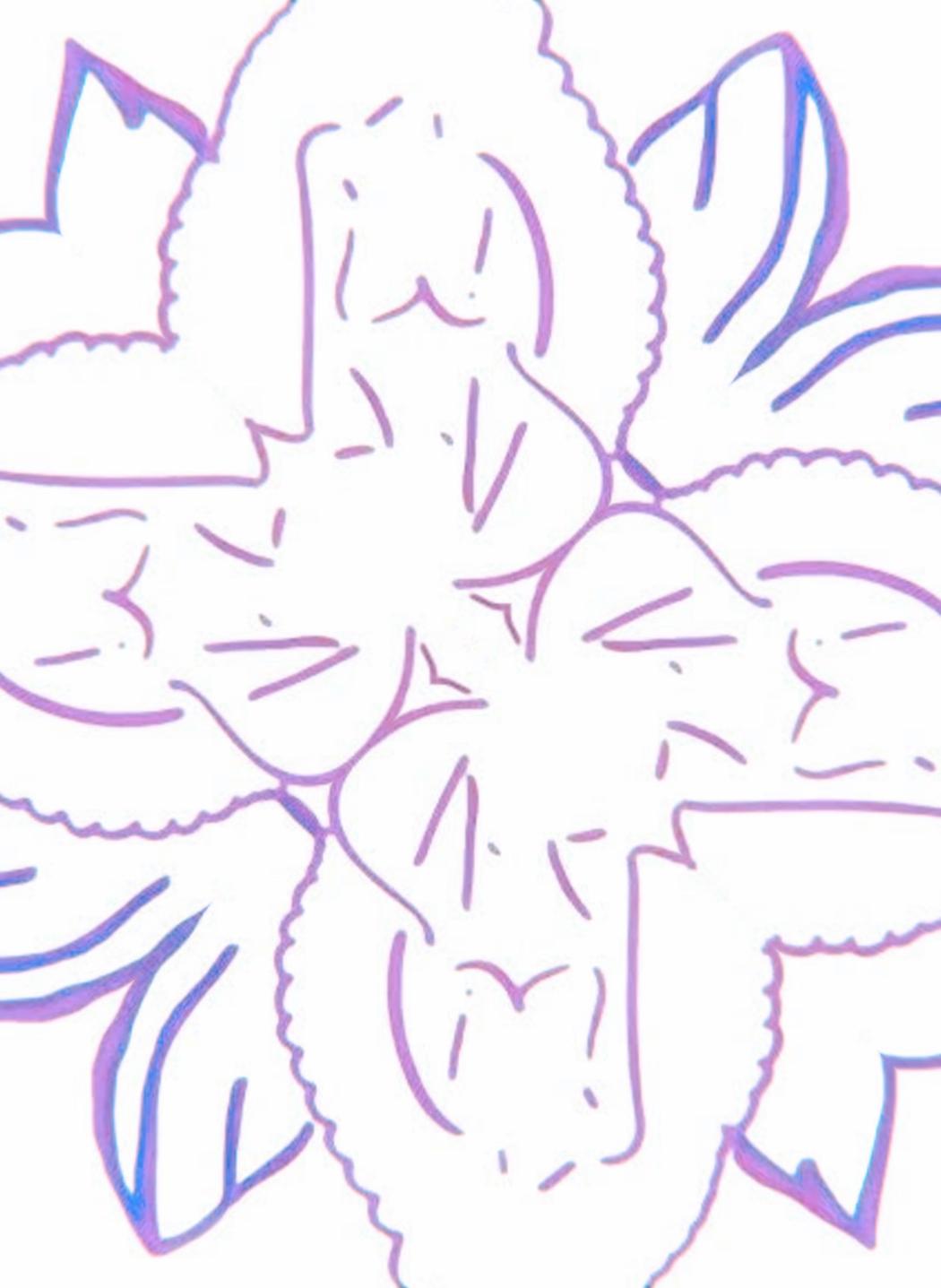 Anne-Sophie MESLEM | Resilience Women Art
Anne-Sophie MESLEM | Resilience Women Art
How do you hope viewers feel when encountering your art?
I hope viewers feel seen and recognized. My art is meant to awaken what may have been forgotten or hidden, to be a mirror and a safe space where emotions and sensitivity can connect, and where personal strength is remembered.

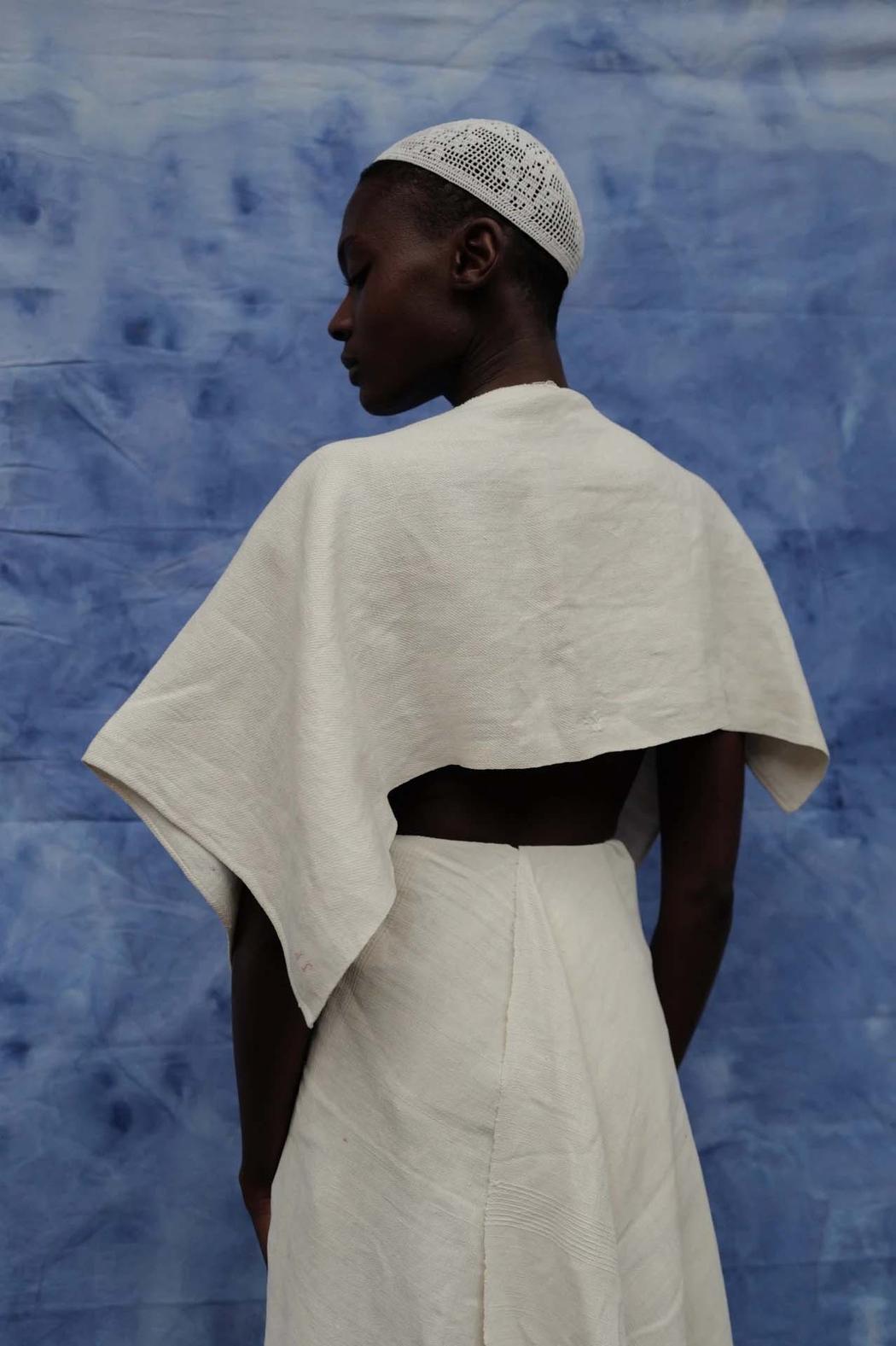
Leave a Reply